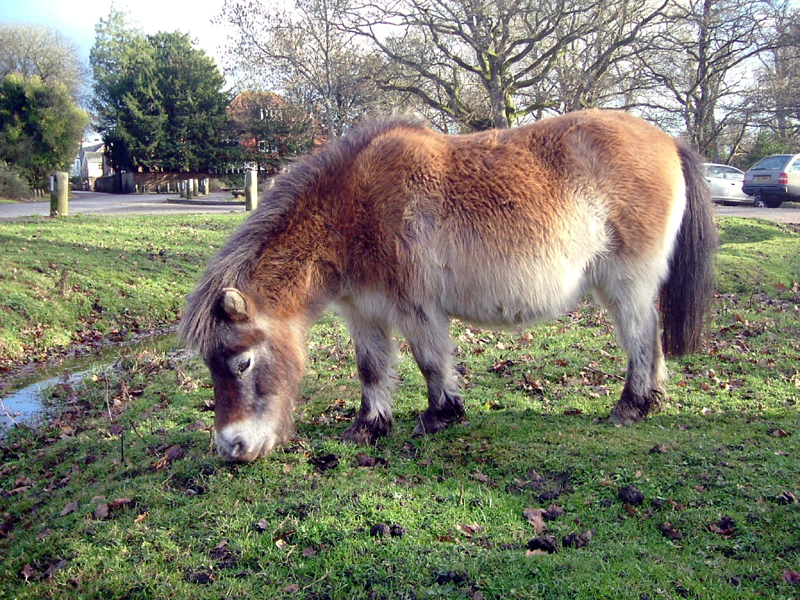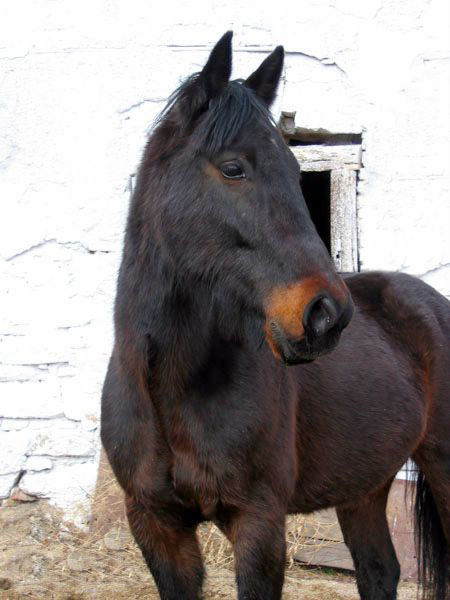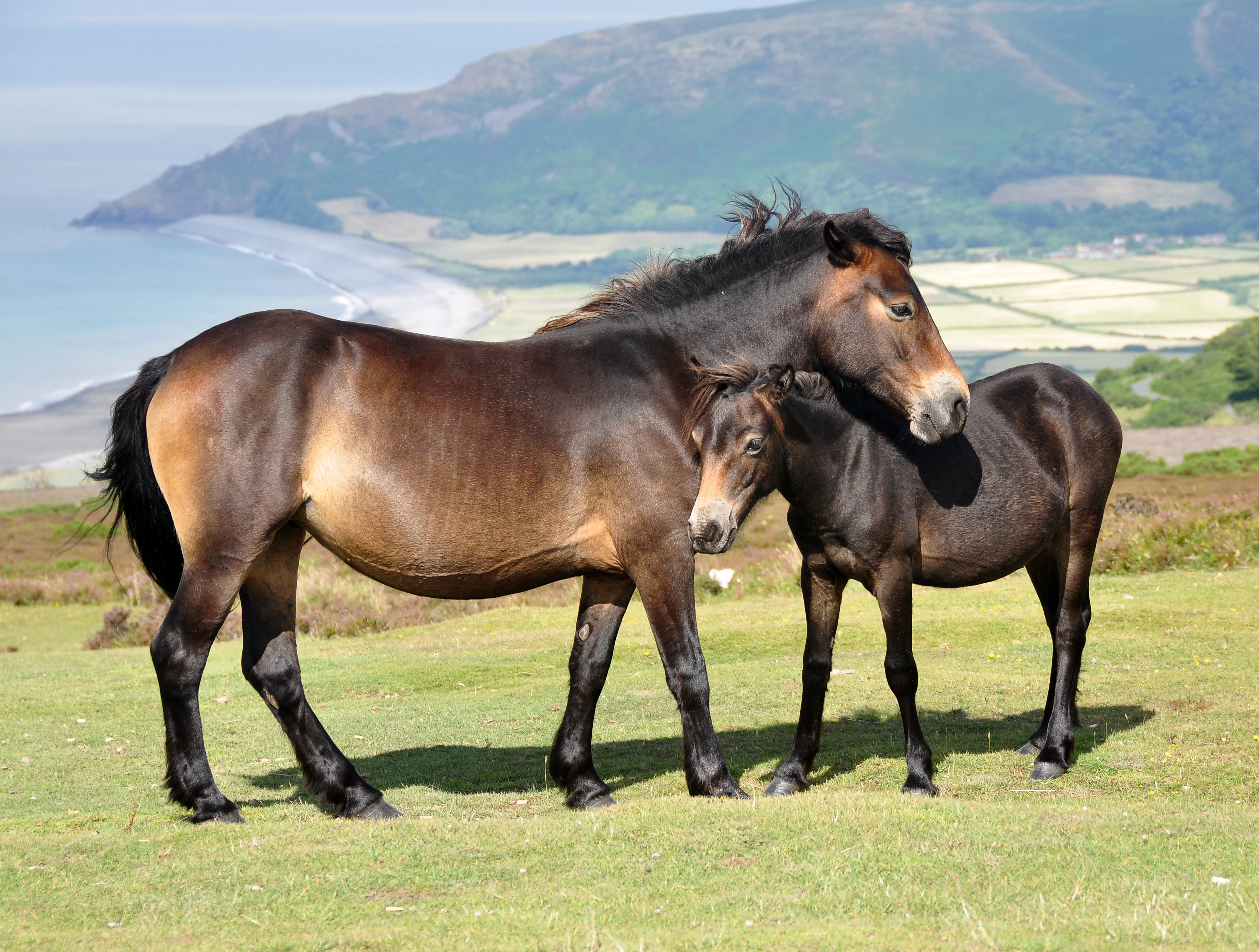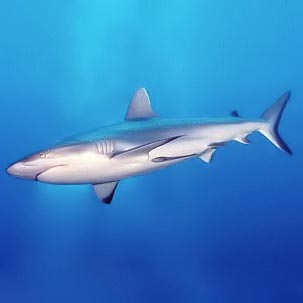|
Pangaré
Pangaré is a coat trait found in some horses that features pale hair around the eyes and muzzle and underside of the body. These pale areas can extend up to the flanks, throat and chest, behind the elbows, in front of the stifle, and up the buttock. Animals with the pangaré trait are sometimes called "mealy" or "light-pointed". The color of these lighter areas depends on the underlying color and ranges from off-white to light tan. This type of coloration is most often found in breeds such as the Fjord horse, Exmoor Pony, and Haflinger. Wild equids like the Przewalski's Horse, Onager, African Wild Ass, Kiang as well as the domestic Donkey exhibit pangaré as a rule. Pangaré is thought to be a type of protective countershading. Horse foals are often born with "foal pangaré" or light points, especially over black haired areas, which they lose when they shed their foal coats. At one time, the seal brown Seal brown is a rich dark brown color, resembling the color of the dyed ... [...More Info...] [...Related Items...] OR: [Wikipedia] [Google] [Baidu] |
Seal Brown (horse)
Seal brown is a hair coat color of horses characterized by a near-black body color; with black points, the mane, tail and legs; but also reddish or tan areas around the eyes, muzzle, behind the elbow and in front of the stifle. The term is not to be confused with "brown", which is used by some breed registries to refer to either a seal brown horse or to a dark bay without the additional characteristics of seal brown. Like bay, the seal brown color lacks the non-agouti mutation that would create a fully black horse. The genetics behind seal brown are not known, but some think it is caused by an allele of agouti called ''At''. A DNA test said to detect the seal brown (At) allele was developed, but the test was never subjected to peer review and due to unreliable results was subsequently pulled from the market. The similar dark bay coat color, which also features black points and a dark body, differs from seal brown by the absence of tan markings. Another mimic is the liver c ... [...More Info...] [...Related Items...] OR: [Wikipedia] [Google] [Baidu] |
Przewalski's Horse
Przewalski's horse (, , (Пржевальский ), ) (''Equus ferus przewalskii'' or ''Equus przewalskii''), also called the takhi, Mongolian wild horse or Dzungarian horse, is a rare and endangered horse originally native to the steppes of Central Asia. It is named after the Russian geographer and explorer Nikolay Przhevalsky. Once extinct in the wild, it has been reintroduced to its native habitat since the 1990s in Mongolia at the Khustain Nuruu National Park, Takhin Tal Nature Reserve, and Khomiin Tal, as well as several other locales in Central Asia and Eastern Europe. Several genetic characteristics of Przewalski's horse differ from what is seen in modern domestic horses, indicating neither is an ancestor of the other. For example, the Przewalski has 33 chromosome pairs, compared to 32 for the domestic horse. Their ancestral lineages split from a common ancestor between 38,000 and 160,000 years ago, long before the domestication of the horse. Przewalski's horse was long ... [...More Info...] [...Related Items...] OR: [Wikipedia] [Google] [Baidu] |
Exmoor Pony
The Exmoor pony is one of the mountain and moorland pony breeds native to the British Isles. Some still roam as semi-feral livestock on Exmoor, a large area of moorland in Devon and Somerset in southwest England. The Exmoor has been given "Priority" conservation status by the Rare Breeds Survival Trust (UK), and "threatened" status by The Livestock Conservancy (USA). Exmoor ponies are particularly well-adapted to cold and wet weather and therefore very hardy, having conformation similar to that of other cold-weather-adapted pony breeds. The free-roaming herds on Exmoor contribute to the conservation and management of several natural habitats. Most foals born into the free-living herds are sold and with taming and training undertake a variety of equestrian activities. Equines have been present in Britain since 700,000 BC, with populations retreating south when ice-ages made the land uninhabitable and recolonising when warmer conditions allowed. Some theorise that Exmoo ... [...More Info...] [...Related Items...] OR: [Wikipedia] [Google] [Baidu] |
Onager
The onager (; ''Equus hemionus'' ), A new species called the kiang (''E. kiang''), a Tibetan relative, was previously considered to be a subspecies of the onager as ''E. hemionus kiang'', but recent molecular studies indicate it to be a distinct species, having diverged from the closest relative of the Mongolian wild ass's ancestor less than 500,000 years ago. Subspecies Five widely recognized subspecies of the onager include: A sixth possible subspecies, the Gobi khulan (''E. h. luteus'', also called the ''chigetai'' or ''dziggetai'') has been proposed, but may be synonymous with ''E. h. hemionus''. Debates over the taxonomic identity of the onager occurred until 1980. , four living subspecies and one extinct subspecies of the Asiatic wild ass have been recognized. The Persian onager was formerly known as ''Equus onager'', as it was thought to be a distinct species. Characteristics Onagers are the most horse-like of wild asses. They are short-legged compared to horses, an ... [...More Info...] [...Related Items...] OR: [Wikipedia] [Google] [Baidu] |
Black (horse)
Black is a hair coat color of horses in which the entire hair coat is black. Black is a relatively uncommon coat color, and it is not uncommon to mistake dark chestnuts or bays for black. True black horses have dark brown eyes, black skin, and wholly black hair coats without any areas of permanently reddish or brownish hair. They may have pink skin beneath any white markings under the areas of white hair, and if such white markings include one or both eyes, the eyes may be blue. Many black horses "sun bleach" with exposure to the elements and sweat, and therefore their coats may lose some of their rich black character and may even resemble bay or seal brown, though examination of the color of hair around the eyes, muzzle and genitals often will determine color. Black horses that do not sun bleach are called "non-fading" blacks. Some breeds of horses, such as the Friesian horse, Murgese and Ariegeois (or Merens), are almost exclusively black. Black is also common in the Fe ... [...More Info...] [...Related Items...] OR: [Wikipedia] [Google] [Baidu] |
Foal
A foal is an equine up to one year old; this term is used mainly for horses, but can be used for donkeys. More specific terms are colt for a male foal and filly for a female foal, and are used until the horse is three or four. When the foal is nursing from its dam (mother), it may also be called a "suckling". After it has been weaned from its dam, it may be called a "weanling". When a mare is pregnant, she is said to be "in foal". When the mare gives birth, she is "foaling", and the impending birth is usually stated as "to foal". A newborn horse is "foaled". After a horse is one year old, it is no longer a foal, and is a "yearling". There are no special age-related terms for young horses older than yearlings. When young horses reach breeding maturity, the terms change: a filly over three (four in horse racing) is called a mare, and a colt over three is called a stallion. A castrated male horse is called a gelding regardless of age; however, colloquially, the term "gelding col ... [...More Info...] [...Related Items...] OR: [Wikipedia] [Google] [Baidu] |
Countershading
Countershading, or Thayer's law, is a method of camouflage in which an animal's coloration is darker on the top or upper side and lighter on the underside of the body. This pattern is found in many species of mammals, reptiles, birds, fish, and insects, both in predators and in prey. When light falls from above on a uniformly coloured three-dimensional object such as a sphere, it makes the upper side appear lighter and the underside darker, grading from one to the other. This pattern of light and shade makes the object appear solid, and therefore easier to detect. The classical form of countershading, discovered in 1909 by the artist Abbott Handerson Thayer, works by counterbalancing the effects of self-shadowing, again typically with grading from dark to light. In theory this could be useful for military camouflage, but in practice it has rarely been applied, despite the best efforts of Thayer and, later, in the Second World War, of the zoologist Hugh Cott. The precise functi ... [...More Info...] [...Related Items...] OR: [Wikipedia] [Google] [Baidu] |
Donkey
The domestic donkey is a hoofed mammal in the family Equidae, the same family as the horse. It derives from the African wild ass, ''Equus africanus'', and may be classified either as a subspecies thereof, ''Equus africanus asinus'', or as a separate species, ''Equus asinus''. It was domesticated in Africa some years ago, and has been used mainly as a working animal since that time. There are more than 40 million donkeys in the world, mostly in underdeveloped countries, where they are used principally as draught or pack animals. While working donkeys are often associated with those living at or below subsistence, small numbers of donkeys or asses are kept for breeding or as pets in developed countries. A male donkey is known as a ''jack'' or ''jackass'', a female is a ''jenny'' or ''jennet'', and an immature donkey of either sex is a '' foal''. Jacks are often mated with female horses (mares) to produce '' mules''; the less common hybrid of a male horse (stallion) and j ... [...More Info...] [...Related Items...] OR: [Wikipedia] [Google] [Baidu] |
Kiang
The kiang (''Equus kiang'') is the largest of the ''Asinus'' subgenus. It is native to the Tibetan Plateau, where it inhabits montane and alpine grasslands. Its current range is restricted to the plains of the Tibetan plateau; Ladakh; and northern Nepal. Other common names for this species include Tibetan wild ass, khyang and gorkhar. Travellers' accounts of the kiang are one inspiration for the unicorn. Characteristics The kiang is the largest of the wild asses, with an average height at the withers of . They range from high at the withers, with a body long, and a tail of . Kiangs have only slight sexual dimorphism, with the males weighing from , while females weigh . They have a large head, with a blunt muzzle and a convex nose. The mane is upright and relatively short. The coat is a rich chestnut colour, darker brown in winter and a sleek reddish brown in late summer, when the animal moults its woolly fur. The summer coat is 1.5 cm long and the winter coat is doubl ... [...More Info...] [...Related Items...] OR: [Wikipedia] [Google] [Baidu] |
African Wild Ass
The African wild ass (''Equus africanus'') or African wild donkey is a wild member of the horse family, Equidae. This species is thought to be the ancestor of the domestic donkey (''Equus asinus''), which is sometimes placed within the same species. They live in the deserts and other arid areas of the Horn of Africa, in Eritrea, Ethiopia and Somalia. It formerly had a wider range north and west into Sudan, Egypt, and Libya. It is Critically Endangered, with about 570 individuals existing in the wild. Description The African wild ass is about tall and weighs approximately . The short, smooth coat is a light grey to fawn colour, fading quickly to white on the undersides and legs. There is a slender, dark dorsal stripe in all subspecies, while in the Nubian wild ass (''E. a. africanus''), as well as the domestic donkey, there is a stripe across the shoulder. The legs of the Somali wild ass (''E. a. somaliensis'') are horizontally striped with black, resembling those of a zebra. O ... [...More Info...] [...Related Items...] OR: [Wikipedia] [Google] [Baidu] |
050103 2283 Hants Pony
5 (five) is a number, numeral and digit. It is the natural number, and cardinal number, following 4 and preceding 6, and is a prime number. It has attained significance throughout history in part because typical humans have five digits on each hand. In mathematics 5 is the third smallest prime number, and the second super-prime. It is the first safe prime, the first good prime, the first balanced prime, and the first of three known Wilson primes. Five is the second Fermat prime and the third Mersenne prime exponent, as well as the third Catalan number, and the third Sophie Germain prime. Notably, 5 is equal to the sum of the ''only'' consecutive primes, 2 + 3, and is the only number that is part of more than one pair of twin primes, ( 3, 5) and (5, 7). It is also a sexy prime with the fifth prime number and first prime repunit, 11. Five is the third factorial prime, an alternating factorial, and an Eisenstein prime with no imaginary part and real part of the for ... [...More Info...] [...Related Items...] OR: [Wikipedia] [Google] [Baidu] |




.jpg)




_from_the_book_entitled%2C_The_great_and_small_game_of_India%2C_Burma%2C_and_Tibet_(1900)_(cropped).jpg)
.jpg)